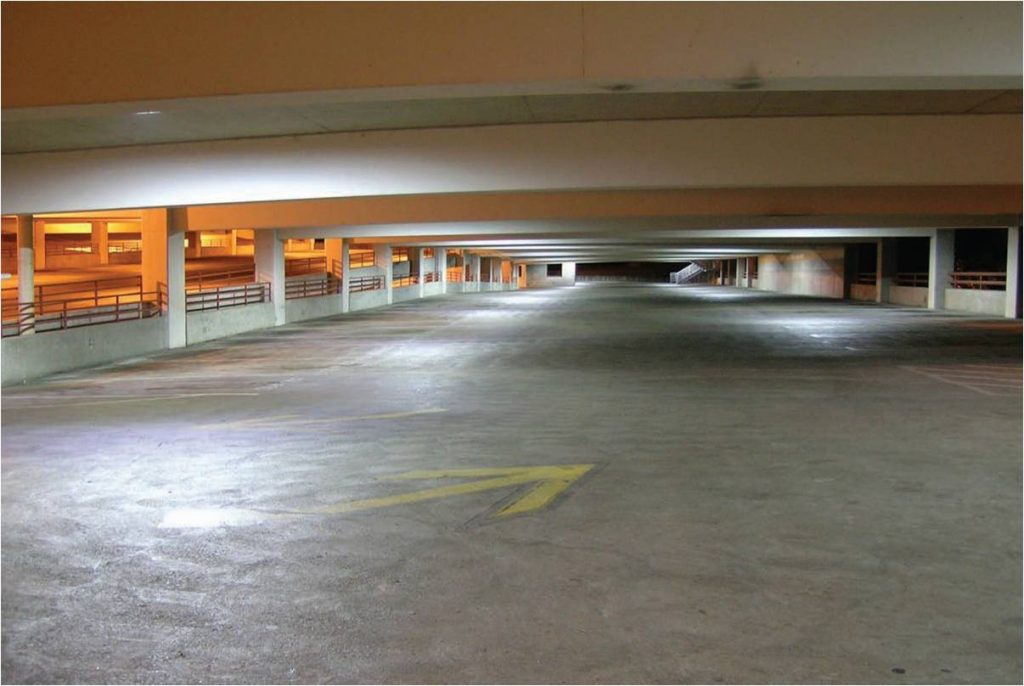<p style="text-align: justify;">When it comes to generating significant vehicle and foot traffic in commercial properties—it is essential that all patrons can come in contact with their destination the “store operator or franchise” as quickly as possible. This process starts with a well-designed and maintained parking lot that is within all municipal, county and federal regulations, especially the ADA compliance.</p>
<p style="text-align: justify;">While much commercial property owners/management companies believe their success begins and ends with anchor store tenants. What many management companies have come to realize over the last sevens years in Florida is if franchise clients parking lot demands are not met they will move. Franchise giant Publix Supermarket is a perfect example of this, over the last several years Publix has purchased many commercial property locations to build around their experience and slogan “Shopping is a pleasure”. These new supermarkets are designed around providing their customers with a great experience from arrival to departure. Their new parking lot layouts have been essential to their ever-growing success. Making sure all of their patrons can find quick, safe, accessible parking starts the entire experience.</p>
<p style="text-align: center;"><img class="aligncenter size-Correct wp-image-6260" title="How To Maintain Great Tenants and Your Property Within ADA Parking Compliance Regulations" alt="How To Maintain Great Tenants and Your Property Within ADA Parking Compliance Regulations" src="https://medusamagazine.com/wp-content/uploads/2013/08/parking-600x401.jpg" width="600" height="401" /></p>
<p style="text-align: justify;">CVS Pharmacy is another example of a franchise committed to providing their customers with a great experience, while reducing liability by creating the best parking lot layouts and designs. Understanding that many retirees make their home throughout Florida, CVS Pharmacy has been updating many of their stores to bring them with ADA regulations. CVS Pharmacy has spent millions in 2013 hiring All Paving and Sealcoating—a Florida Paving and Road Construction Firm that specializes in parking lot layouts and ADA compliance to uptake this process. All Paving and Sealcoating has become the go-to firm in recent years when it comes to Property Audits and ADA Compliance by many national chains such as CVS, Burger King, Sports Authority, CBRE and ABM. Standing behind their commitment to safe, accessible parking lot designs that are within Municipal, County and Federal Regulations.</p>
<h2 style="text-align: justify;"><strong>Some Basic Guidelines:</strong></h2>
<p style="text-align: justify;">Regulations: The regulations governing the Americans with Disabilities Act require that commercial properties meet minimum standards with very few exceptions; Existing buildings and facilities which are not undergoing planned alterations are viewed a little differently. Accessible parking spaces are eight (8) feet wide; van-accessible spaces are eleven (11) feet wide. Access aisles for either type of space are five (5) feet wide. These adjacent aisles, which can be shared between two spaces, provide room for individuals to deploy vehicle-mounted wheelchair lifts and/or unload and use mobility devices such as wheelchairs, walkers, etc. An alternate design allows a van-accessible space to be eight (8) feet wide if the adjacent access aisle is also eight (8) feet wide.</p>
<p style="text-align: justify;">Access aisles must be marked (e.g., painted with hatch marks) to discourage parking in them. The surface of accessible spaces and access aisles must be smooth, stable, and virtually level in all directions to ensure safe use for people with disabilities, including those who must load, unload, and use wheeled mobility devices.</p>
<p style="text-align: justify;">Additionally, van-accessible spaces, their associated access aisles, and the vehicular routes serving them must provide vertical clearance of at least 98 inches to allow for the height of typical wheelchair lift-equipped vehicles.</p>
<p style="text-align: justify;">Signage: Accessible parking spaces must be identified by signs that include the International Symbol of Accessibility. Signs at van-accessible spaces must include the additional phrase “van-accessible.” Signs should be mounted so that the lower edge of the sign is at least five (5) feet above the ground. This helps ensure visibility both for motorists and local enforcement officials.</p>

How To Maintain Great Tenants and Your Property Within ADA Parking Compliance Regulations
